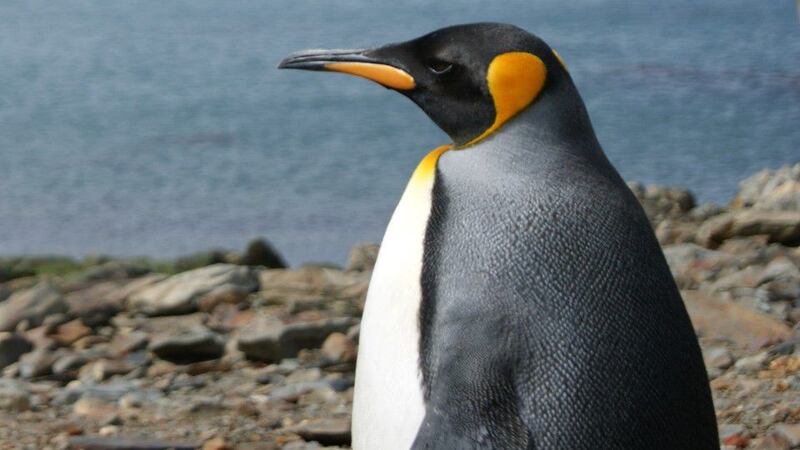An iceberg that broke off the tip of Antarctica nearly three years ago could be on a collision course with the tip of South America and devastate a colony of penguins living there, scientists said.
Images taken from a British Royal Air Force aircraft show the massive, 1,620-square-mile iceberg, known as A68a, headed toward South Georgia Island, a British Overseas Territory, Reuters reported.
A collision could take days, weeks, or could not happen at all, given the right conditions.
“(The currents) still have the power to take this iceberg in one direction or another away from South Georgia,” Geraint Tarling, an oceanographer with the British Antarctic Survey, told Reuters. “But it is really, really close, less than 50 kilometers (31 miles) away from the south shelf edge. That’s getting so close that it’s almost inevitable.”
The impact from one of the world’s largest icebergs could kill marine life from the ocean floor, crushing coral, plankton and sponges. Sea life along the shore like seals and King penguins could face challenges finding food sources. A previous iceberg positioned off the coast in 2003-2004 left countless dead seal and penguin pups along the beaches when they were unable to find food, the BBC reported.
The iceberg, which is about the size of the state of Delaware, is slightly smaller than when it broke off of the Antarctic peninsula in July 2017 when it was 2,240 square-feet, according to NASA. The edges of the iceberg continue to deteriorate and break off into fragments, which are fairly significantly sized and could pose a hazard to shipping, the BBC reported.
Cox Media Group








